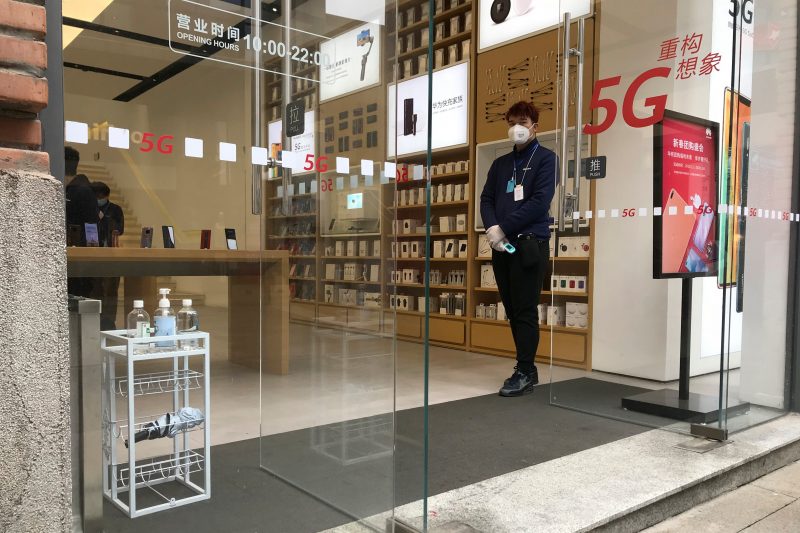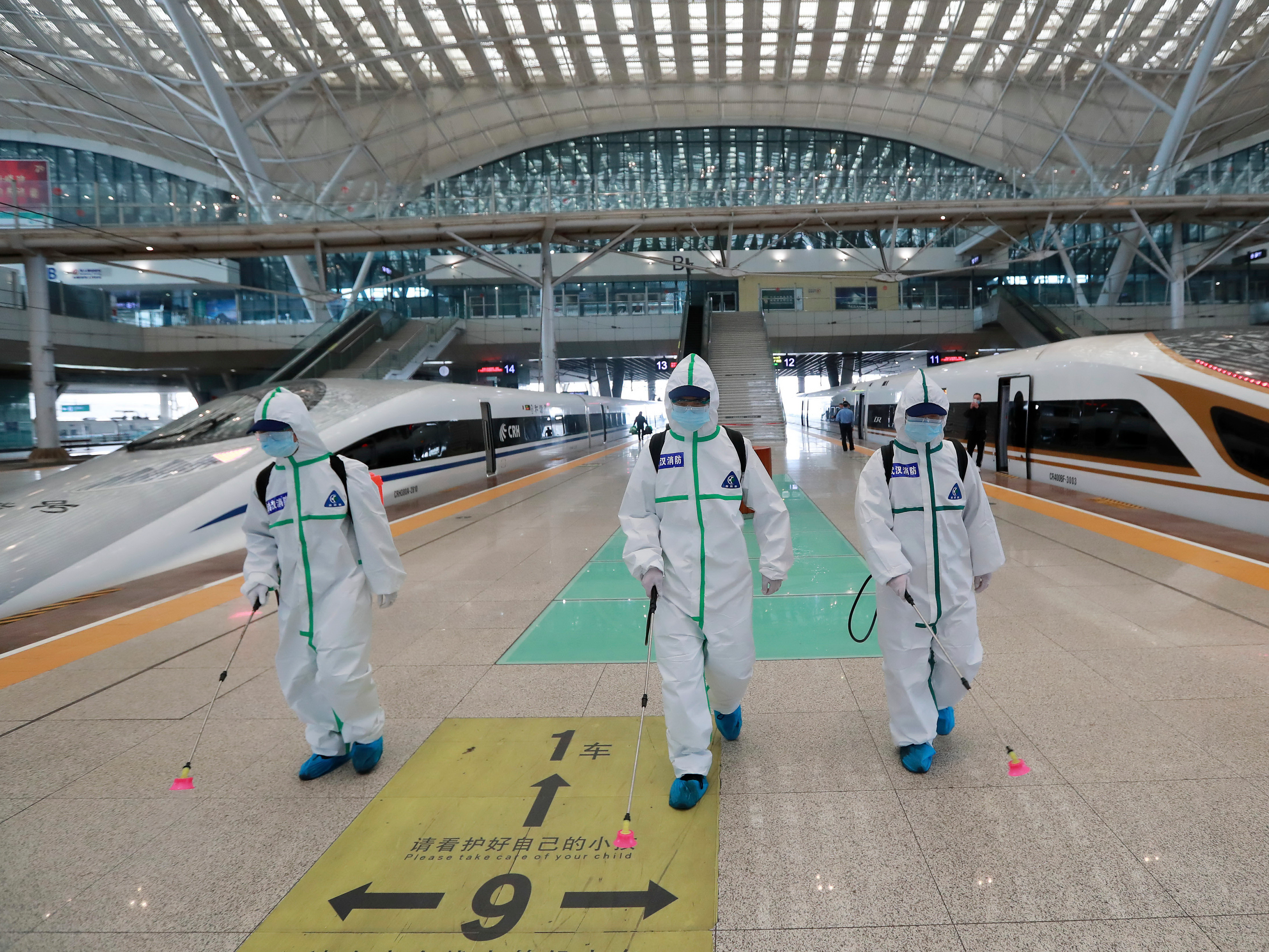- Officials in Wuhan, China, reported that 2,535 people in the city have died from COVID-19, the disease caused by the new coronavirus.
- But some residents contest the official death toll, citing an increase in the shipment of urns to the city’s eight funeral homes.
- “The incinerators have been working round-the-clock,” one resident told Radio Free Asia.
- COVID-19 first emerged in Wuhan at the end of last year. Lockdown restrictions in place since January 23 have begun to lift, and residents are starting to return to their normal lives.
- Visit Business Insider’s homepage for more stories.
Almost a week has passed since a case of the novel coronavirus has been reported in Wuhan, China, where the viral outbreak began late last year before sweeping the world. Coronavirus cases are flattening off across China, Reuters reported on Monday.
But some Wuhan residents believe that government officials have not accurately counted the number of deaths from the coronavirus. The majority of China’s cases were reported in Wuhan, with more than 67,000 people contracting the virus in the province of Hubei.
According to the Mail on Sunday, the British government is furious with China, accusing it of underreporting its number of cases. The newspaper, which cited unnamed sources, said scientists told UK Prime Minister Boris Johnson that China could have downplayed its number of confirmed coronavirus cases “by a factor of 15 to 40 times.”
Public-health experts have said for months that the actual number of COVID-19 cases globally is probably much higher than the reported case count. Some people don’t experience symptoms, have mild symptoms, or can’t get tested for the virus, so they might not make it in the official counts.
Once the world has recovered from the pandemic, we'll be able to get a full picture of how many people had the disease, how many people died from it, and how many people died because the healthcare system was overloaded with COVID-19 patients.
Some Wuhan residents think the government severely undercounted the city's official death toll

Meanwhile, life is slowly returning to normal in Wuhan as the government lifts lockdown restrictions that have been in place on the city's 11 million residents since late January.
And now some outlets have reported that the city has seen a recent increase in urn shipments to eight funeral homes in the city, which could be evidence that there are far more deaths from COVID-19 than the city's official death toll of 2,535.
A truck driver in Wuhan delivered about 5,000 urns to a single funeral home over two days last week, according to the South China Morning Post, which cited a Caixin magazine report.
The Caixin report, according to SCMP, "purportedly showed 3,500 urns stacked on the floor of the funeral home."
The official death toll in Wuhan "can't be right ... because the incinerators have been working round-the-clock," one resident, who identified himself by his surname, Zhang, told Radio Free Asia.
"So how can so few people have died?" Zhang asked.
According to RFA, some city residents said on social media that Wuhan's funeral homes were "handing out 3,500 urns every day." RFA's reporting, which could not be independently verified by Insider, said at the current rate, about "42,000 urns would be given out" between March 23 and April 5, when a traditional grave-tending festival begins.
A resident who identified himself by his surname, Mao, also alleged the official death toll was wrong.
"Maybe the authorities are gradually releasing the real figures, intentionally or unintentionally, so that people will gradually come to accept the reality," Mao told RFA.
The official death toll did not include people who were not tested for COVID-19 before they died or those who may have died from preexisting conditions, according to SCMP. It also likely doesn't include people who died of complications not from the novel coronavirus during the outbreak.
